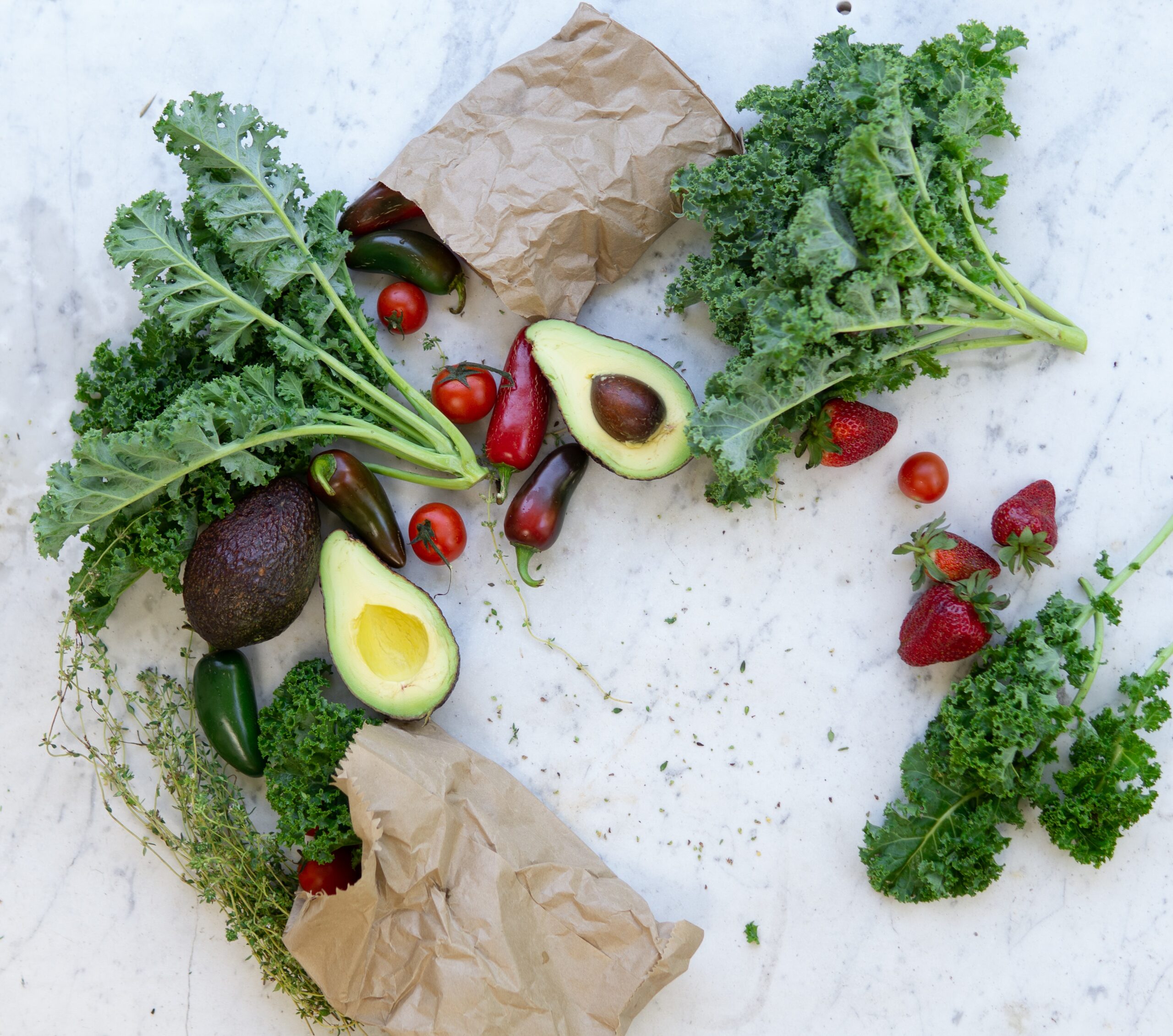The Mediterranean diet is undoubtedly one of the most complete ever. It guarantees our body all the nutrients and many of the foods that compose it could prove to be precious allies to protect it from some diseases. Unfortunately, even the healthiest foods can hide some pitfalls if we don’t eat them right. Especially if these foods interfere with some commonly used medicines. For example, those who take anticoagulant drugs should pay great attention to this consumed vegetable. Before finding out what it is, a premise. If we have any doubts about it, always contact the attending physician. He will tell us if we can eat it or not and in what quantity.
What are anticoagulant drugs used for
Unfortunately, anticoagulant drugs are among the most popular. These medicines are prescribed to slow blood clotting and to prevent blood clots. Or in order not to make existing ones grow. Real “lifesavers” against the risk of heart attacks, strokes and thrombosis.
There are various types of anticoagulant drugs, but the most used are the oral coumarin-type ones, among which perhaps the most famous is warfarin. And these medicines affect the action of vitamin K, one of the most important in regards to blood clotting.
Those who take anticoagulant drugs should pay close attention to this much consumed vegetable
Vitamin K is mainly contained in green leafy vegetables. Among these, one of the richest is our beloved lettuce. And it is precisely for this reason that habitually consuming lettuce could be discouraged if we are being treated with anticoagulants.
The doctor will have to give us the green light to eat it, or to indicate the right quantities to be included in the diet.
The nutritional properties of lettuce
If we get the ok from the specialist, we can take advantage of the incredible nutritional properties of this vegetable available all year round. Lettuce is rich in fiber, which could prove to be a valuable ally of the intestine, plus it contains very few calories. In 100 grams of lettuce there are about 20. A characteristic that makes it particularly suitable for low-calorie diets.
But not only. Lettuce contains excellent amounts of Vitamin A, Vitamin B9 and Vitamin C. The former is essential for healthy skin and eyes. The second is definitely useful for the cardiovascular system. Finally, the third is one of the most powerful natural antioxidants and could help us fight aging caused by free radicals.
Let’s consume it in the right way and try to eat it raw. In this way we will be able to keep intact the vitamin supply and the concentration of mineral salts present.
Deepening
Be careful on we use antihistamine drugs because this very common fruit may not make them work
